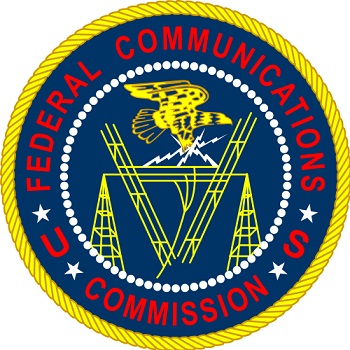The next generation of mobile data technology is now already preparing for life as carriers still work on their 4G LTE.
At the same time that many wireless carriers in the United States and around the world are still working on the roll outs of their 4G LTE networks, Federal regulators in the U.S. are already turning their attention toward 5G.
This next generation of wireless and mobile technology will be tremendously faster than the current best.
The speed that 5G has to offer will be 1,000 times faster than what the average American currently receives from their fixed broadband connection at home. This will represent a revolution in the way that people will be able to access mobile data and could bring a defining difference to various areas such as m-commerce and viewing different types of media content over smartphones, tablets, and other connected devices.
This could mean that 5G will reduce or eliminate some of the obstacles currently faced in wireless technology.
 The Federal Communications Commission now believes that this new wireless technology for mobile devices holds a considerable amount of promise within a high energy spectrum that has turned the attention of the industry toward the “millimeter waves” as a result of their frequency. The FCC has stated that it is going to look to the public in order to discover exactly what can be done for the promotion of this technology.
The Federal Communications Commission now believes that this new wireless technology for mobile devices holds a considerable amount of promise within a high energy spectrum that has turned the attention of the industry toward the “millimeter waves” as a result of their frequency. The FCC has stated that it is going to look to the public in order to discover exactly what can be done for the promotion of this technology.
Engineers that have been working to develop this next level of wireless transmission technology have found that the current standard typically requires a considerable line of site connection between the receiver and the source. However, when using an advanced spectrum within the range of 24 gigahertz, which is notably higher than the level at which the majority of mobile devices operate (which is currently within the range below 3GHz), engineers feel that it will be possible for signals to be able to “ricochet” around obstacles.
FCC Commissioner Jessica Rosenworcel, spoke about 5G, saying that “Our next-generation networks are going to have to do some heavy lifting,” and added “So how do we meet those demands? We look up. Way, way up. To infinity and beyond.”

